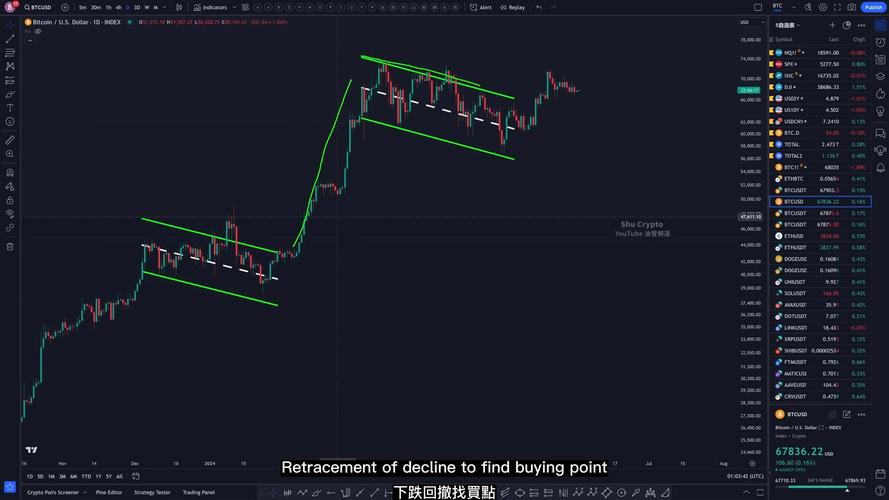
Understanding the Basics
When discussing cryptocurrencies, it’s essential to differentiate between ETH/BTC and ETH/USD. ETH/BTC refers to the trading pair of Ethereum (ETH) against Bitcoin (BTC), while ETH/USD represents the trading pair of Ethereum against the US Dollar. Both pairs offer unique insights into the cryptocurrency market, but they serve different purposes.
ETH/BTC: A Comparative Perspective
ETH/BTC is a popular trading pair because it allows investors to compare the performance of Ethereum with the world’s leading cryptocurrency, Bitcoin. Here’s a breakdown of the key differences:

| Aspect | ETH/BTC | ETH/USD |
|---|---|---|
| Market Reference | Bitcoin | US Dollar |
| Market Capitalization | Smaller than Bitcoin | Varies based on USD market cap |
| Volatility | Higher due to direct comparison with Bitcoin | Dependent on USD market conditions |
| Investment Strategy | Focus on Ethereum’s performance relative to Bitcoin | Focus on Ethereum’s performance relative to the US Dollar |
As you can see, ETH/BTC is more volatile and offers a direct comparison between Ethereum and Bitcoin. This can be beneficial for investors looking to gauge Ethereum’s performance in relation to the leading cryptocurrency.
ETH/USD: A Broader Perspective
On the other hand, ETH/USD is a more straightforward trading pair that allows investors to track Ethereum’s performance against the US Dollar. Here are some key points to consider:
-
Market Reference: The US Dollar is the world’s primary reserve currency, making ETH/USD a widely followed trading pair.
-
Market Capitalization: ETH/USD reflects Ethereum’s market capitalization in terms of US Dollars.

-
Volatility: ETH/USD can be more stable compared to ETH/BTC, as it’s not directly tied to Bitcoin’s performance.
-
Investment Strategy: Investors focusing on Ethereum’s overall performance and its correlation with the US economy may prefer ETH/USD.
Market Dynamics
Understanding the differences between ETH/BTC and ETH/USD is crucial for investors to make informed decisions. Here are some factors that can influence both trading pairs:
-
Cryptocurrency Market Trends: Both ETH/BTC and ETH/USD are affected by broader market trends, such as regulatory news, technological advancements, and market sentiment.
-
Bitcoin’s Performance: Since ETH/BTC is directly tied to Bitcoin, any significant movement in Bitcoin’s price can impact ETH/BTC. However, ETH/USD may not be as affected.
-
Economic Factors: ETH/USD can be influenced by economic factors, such as interest rates, inflation, and currency fluctuations.
-
Market Sentiment: Both trading pairs are subject to market sentiment, which can cause rapid price movements.
Conclusion
By understanding the differences between ETH/BTC and ETH/USD, investors can better assess the performance of Ethereum in various market conditions. Both trading pairs offer unique insights, and choosing the right one depends on your investment strategy and market focus.




